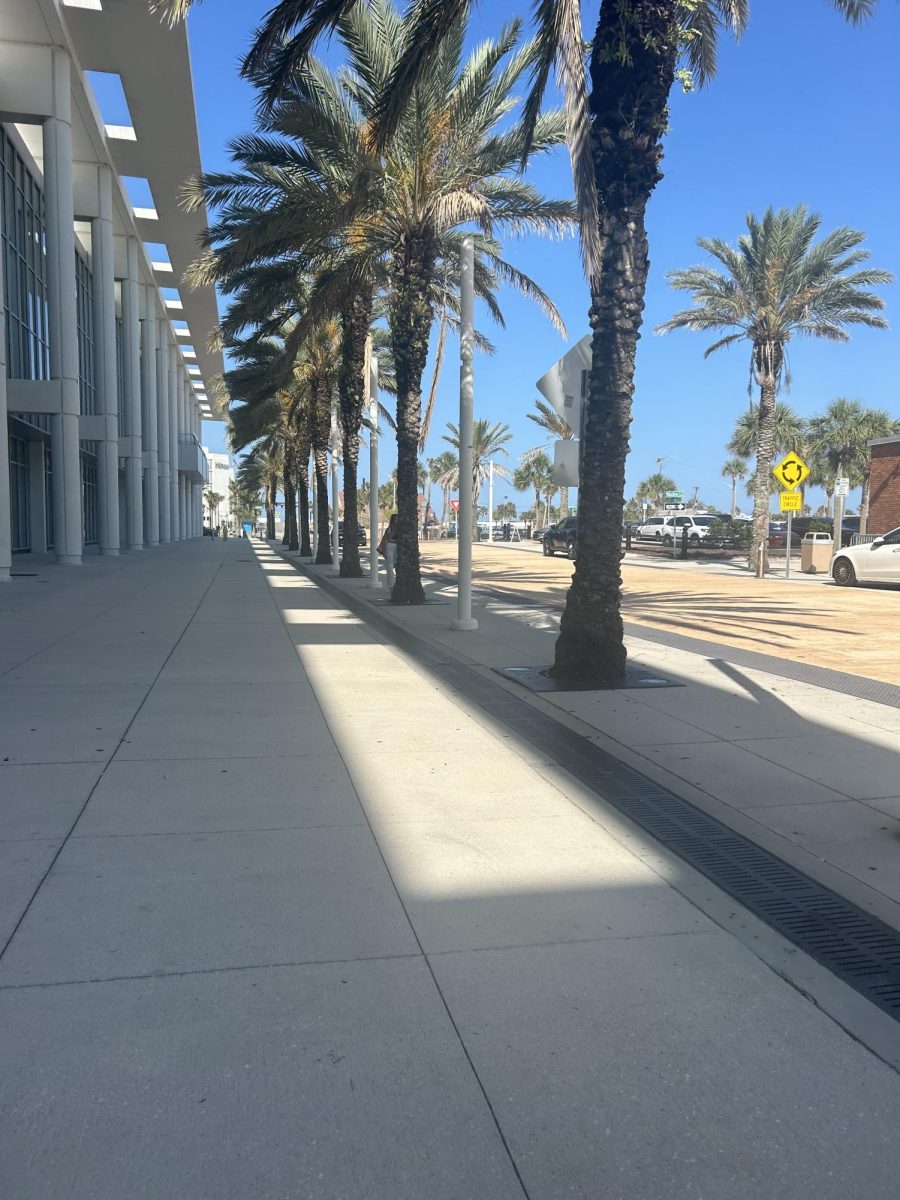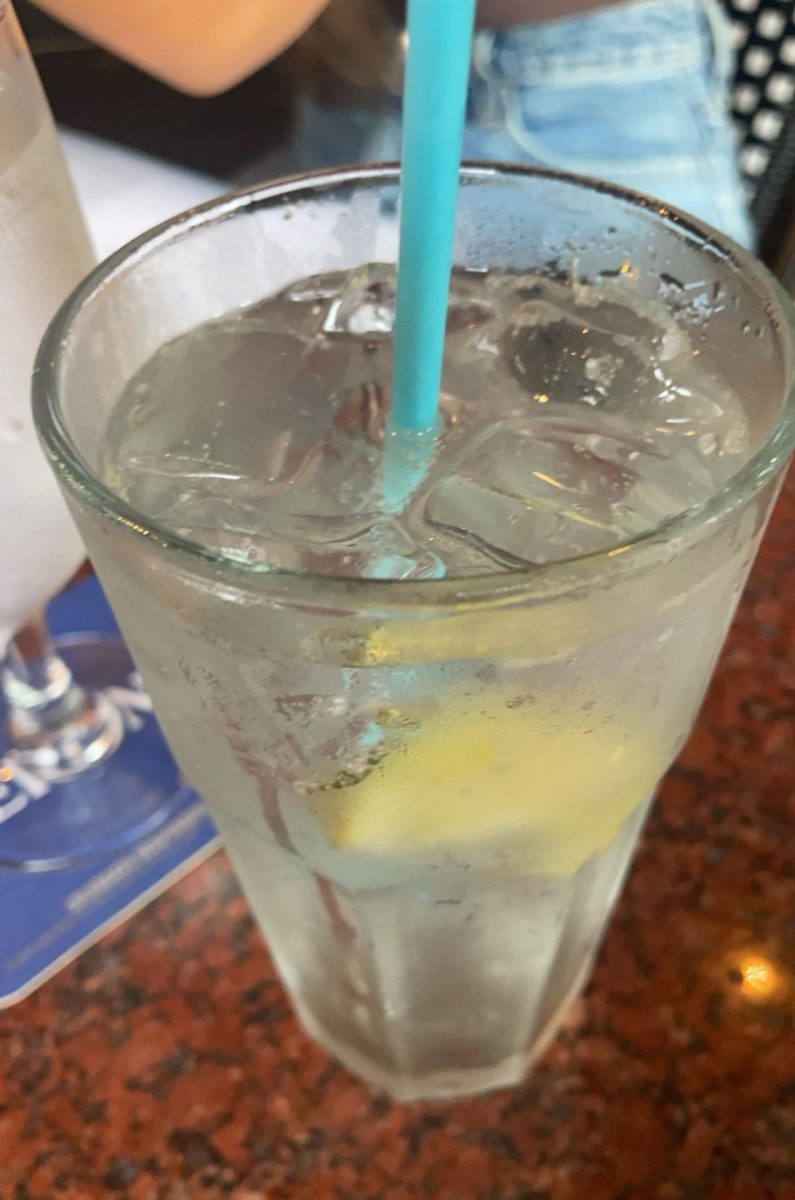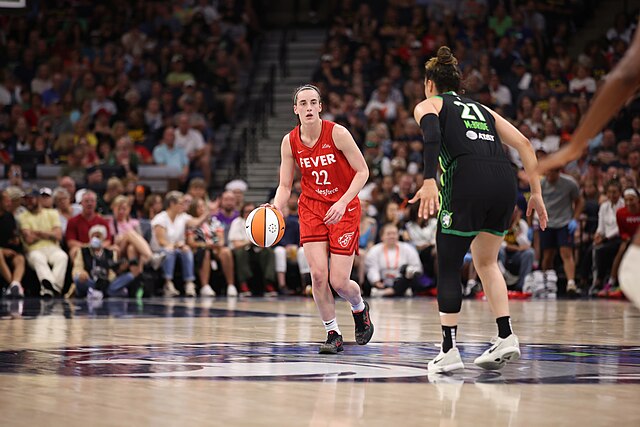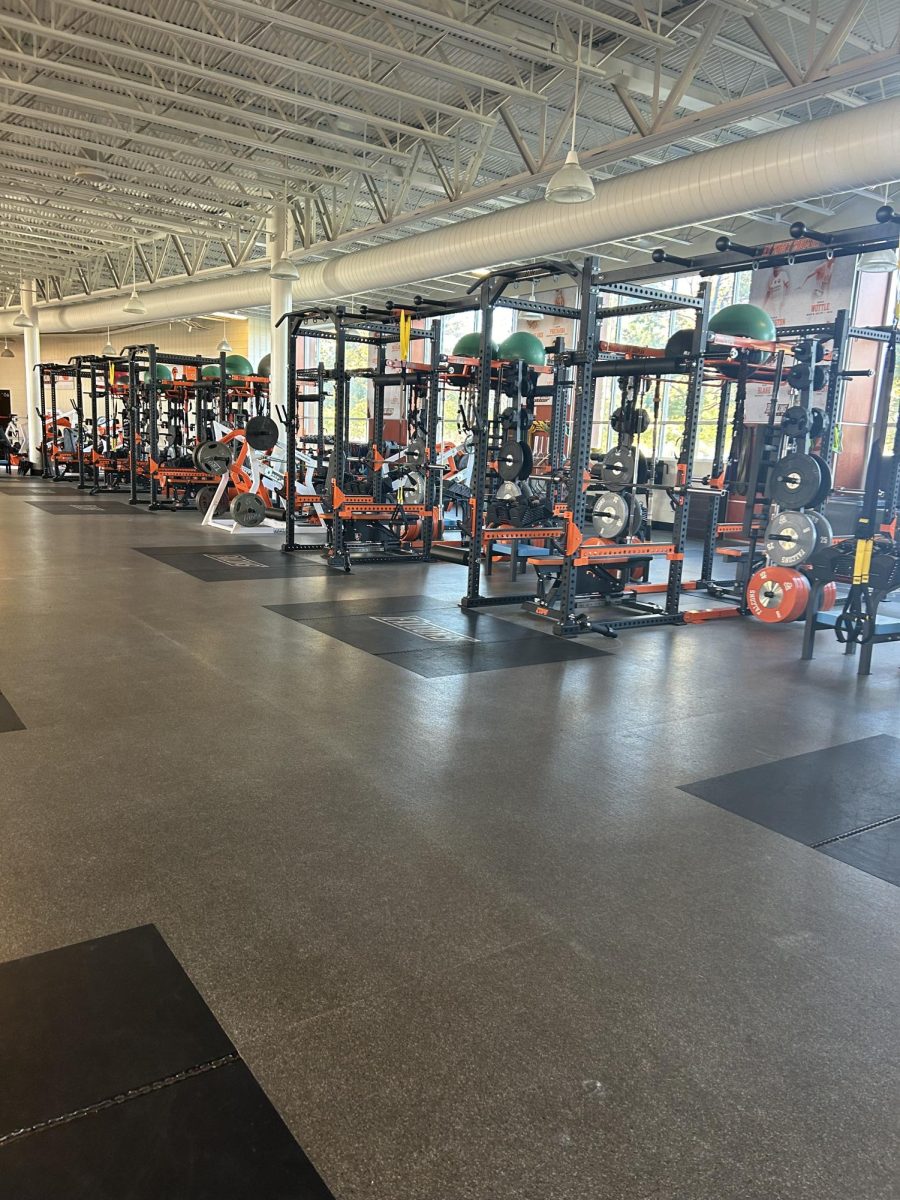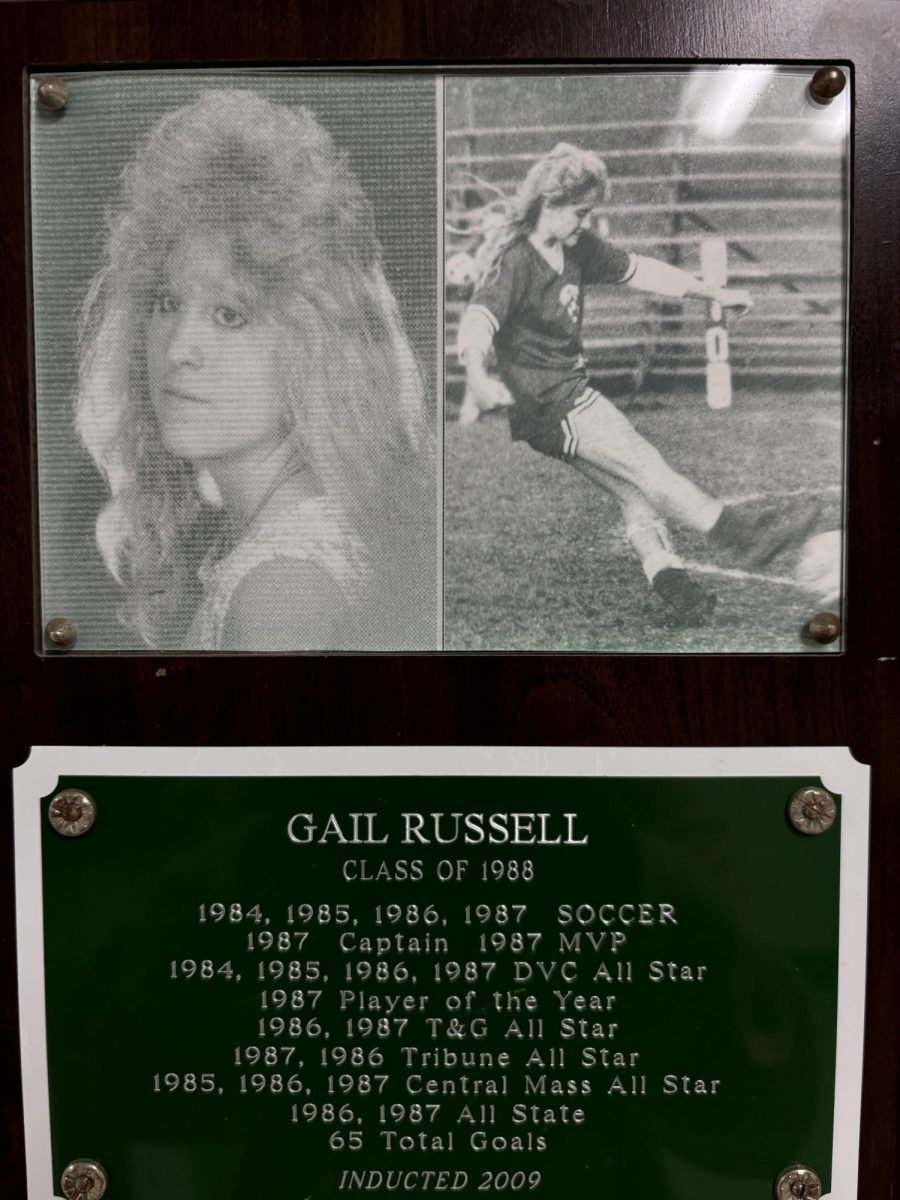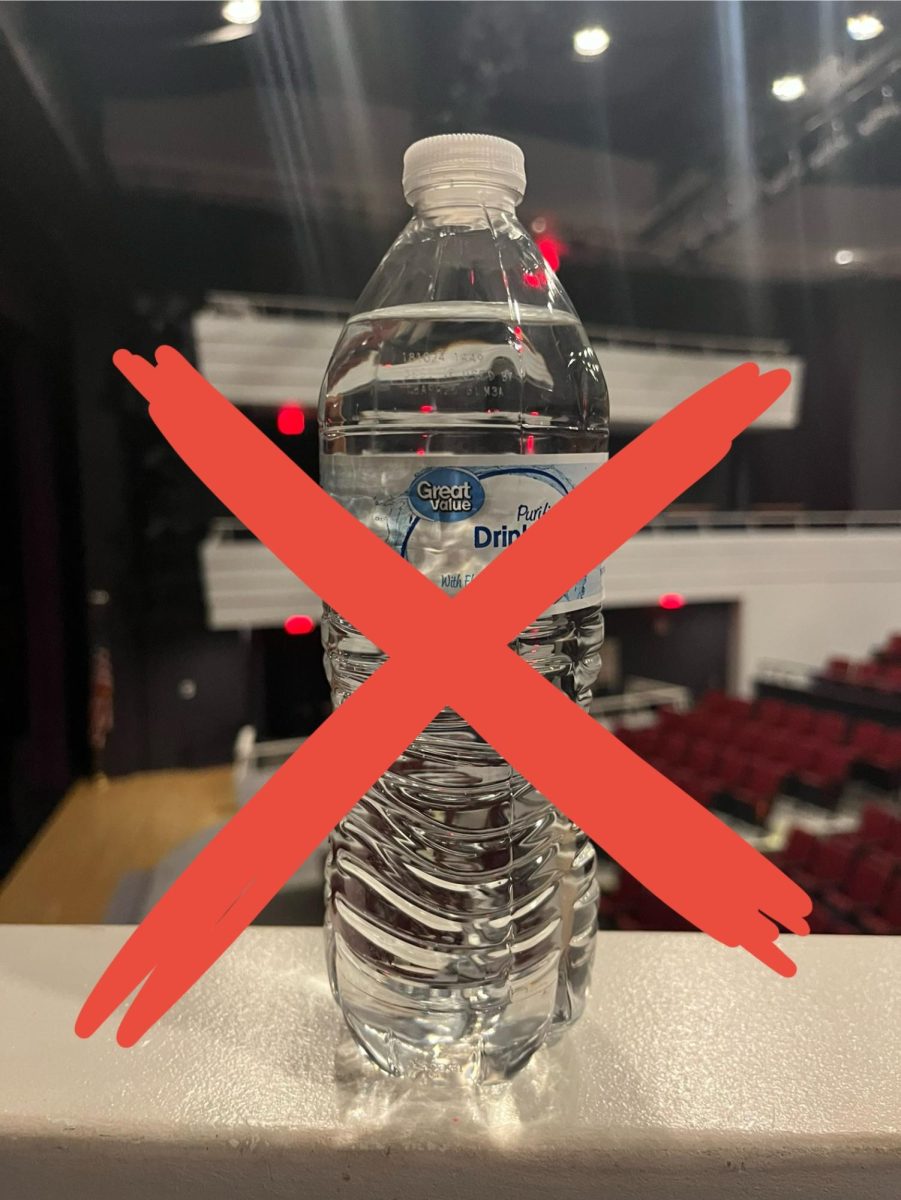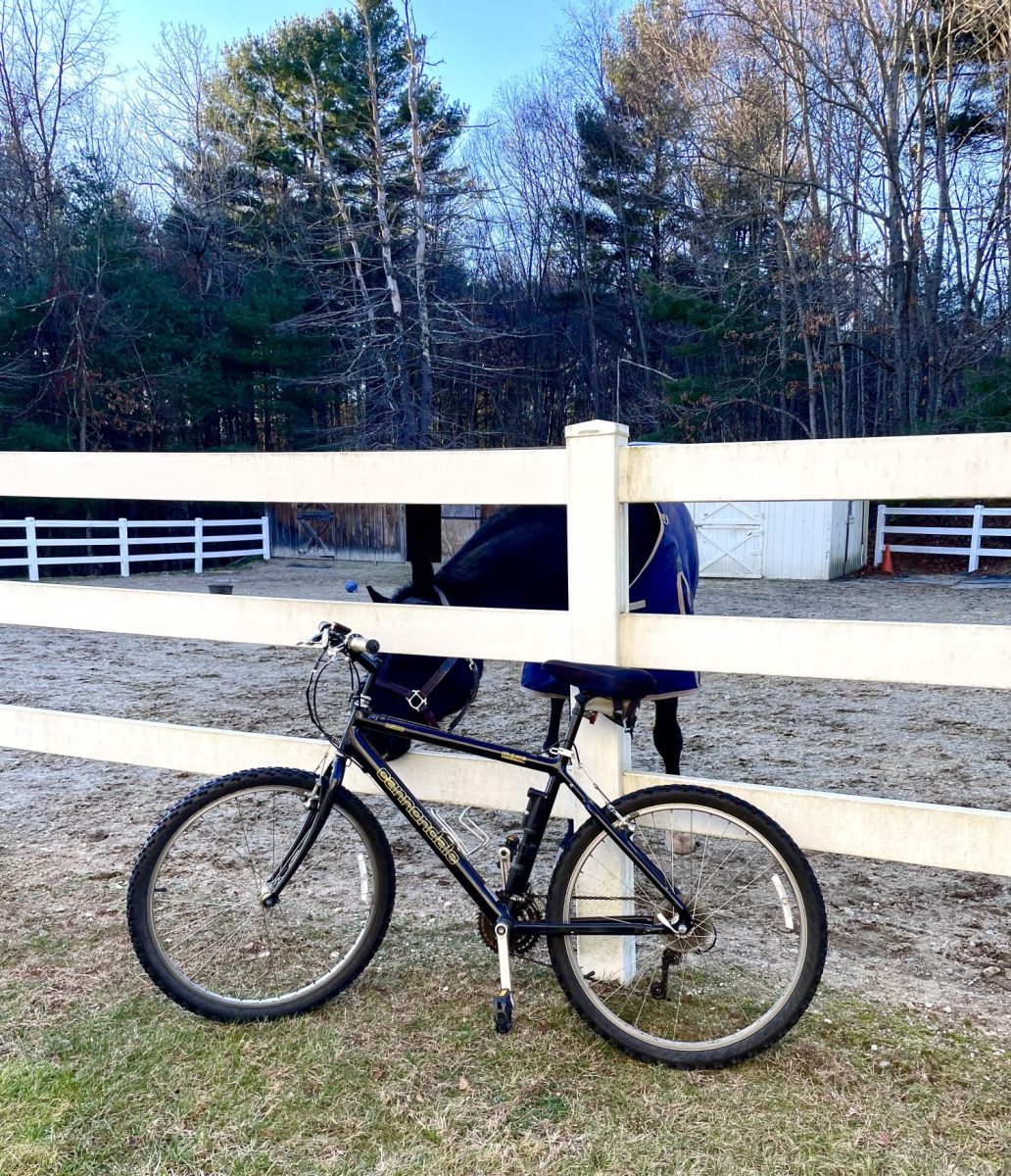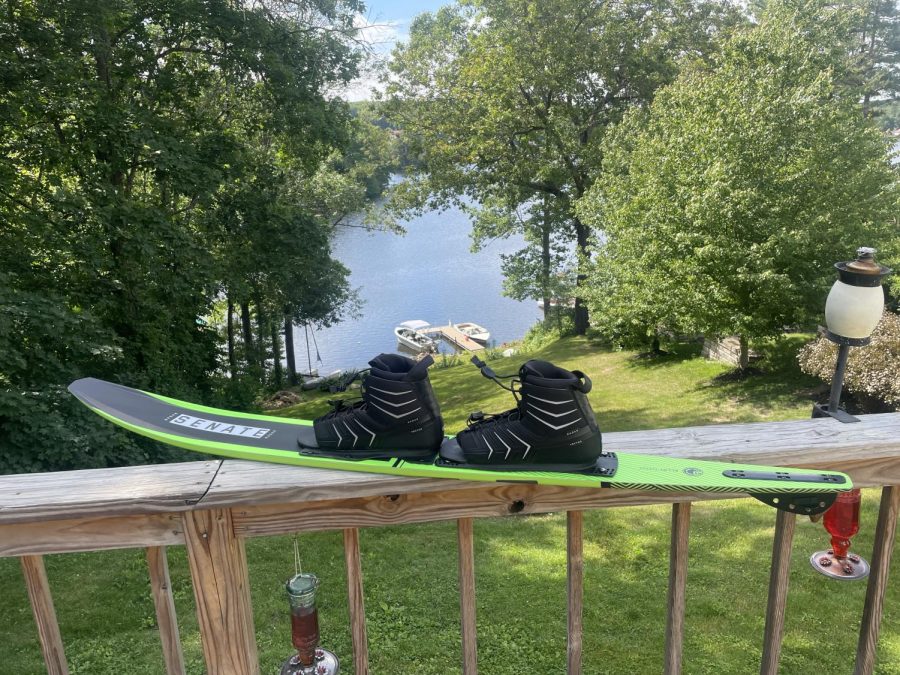The Sport of Water Skiing
A graceful art known by few.
September 7, 2022
Water skiing and slalom skiing have been around since 1922. From Team USA, “Ralph Samuelson used a pair of boards as skis and a clothesline as a towrope on Lake Pepin in Lake City, Minnesota.” The sport started with slow boats and wooden skis. It remained that way for a long time, it was left “traditional” for a long time. By the time the 1970’s came around, more advanced technology came by.
In 1970 there were more boat manufactures like Correct Craft, Mastercraft, and Malibu, and they were making boats that appealed to consumers more than previous boats. Instead of having a boat with two seats and a ski pylon, people saw that these newer boats could be used for a day on the lake after a morning of skiing.
The first of the new ski technology also came around in the 70’s. Materials like fiberglass were being experimented with.
Before we get into more history about the sport, here’s some baseline knowledge about what the sport is. Most, if not all start on two waterskies, at a slow speed, and a longer tow line. Before a line is even used, many people use a ski boom that is much easier for grasping the basics before the line is used.
Once the skier learns how to balance their weight among the skis, they move onto being towed behind the boat with a line that is 75 feet long. As their skills progress, they begin to slowly cross the boat’s wake while they are on two skis. If they can do that correctly, the speed of the boat will be increased and they should push to make the wake crossing as fast as possible while remaining in control.
Once the skier can ski on two skis with no issues, being able to cross the wakes rapidly, they will go onto “dropping a ski”. This is where you begin the session with two skis, and when you can you kick the other ski off your dominant foot. Once the other ski is gone, you slip your foot into the single ski. Now you are doing what is know as “Slalom” skiing.
The process of learning to drop a ski and use just the one is a very time consuming and difficult one. It took me about a week or so to learn how to do it. Once you get used to the erratic feeling of being on one ski, you will begin to try to get out of the water only on one ski. This is a completely different feeling than getting out of the water with two skis. Instead of your weight being dispersed over two skis, now it’s all on one.
The other thing with getting out of the water on one ski is that you will need the proper towboat. This is important because a run of the mill pleasure boat doesn’t have the proper amount of power to pull a beginner slalom skier out of the “hole” or water. Ski boats are closed bow and inboard propelled boats. This gives the most advantage to have the best hole shot and smallest wake (more on that later).
You will also want a ski that is professionally designed for course skiing and can handle your speed and skill level. These skis don’t look much different than the others, but you will notice once you progress enough.
After learning to get out of the water on one ski, you start to become comfortable with wake crossing and a faster boat speed. The next step is taking your skills to a course and using specific measurements to know what level you ski at.
Many ask, how is slalom course skiing scored? The sport uses a system where the number of buoys you can go around is listed first, then the speed of the boat, then the length of line. So if someone can go around all six buoys of the course, skis at 34 miles per hour, and uses a 57 foot line, they list their “score” off as “I ski 18 off at 34MPH.”
The term 22 off or 18 off can be confusing to many. It simply means that you use a 53 foot line or 57 foot line. This is because all tow lines start at 75 feet. When you say 22 off, that means you are 22 feet off of 75 feet. This article explains how line increments are used in skiing. The shorter the line, the harder it is to complete the course.
In many tournaments, the process to find the best skier is as such. They start the boat at 30MPH and the skier does the course at usually 15 off (the speed and length is always different, this is an example. Then they will continue to shorten the length of the line and make the boat faster until the course cant be completed.
Overall, the sport is not very popular. You need the proper boat, a waterway, a good ski, and most of all, a lot of time. I currently ski behind a 1997 Ski Nautique, made by Correct Craft. This boat is known for its exceptional hull design to get the smallest wake possible, this makes it easier for the skier. I use a 2022 Radar Senate Alloy ski with double vector boots. I ski 22 off at 34MPH. I have been specifically slalom skiing for 3 years now. I truly love the sport, and get out to ski everyday.
This video is a pretty good example of someone skiing the course 22 off at 34MPH. It may also give you an idea of how getting out of the water works and the layout of the course.








